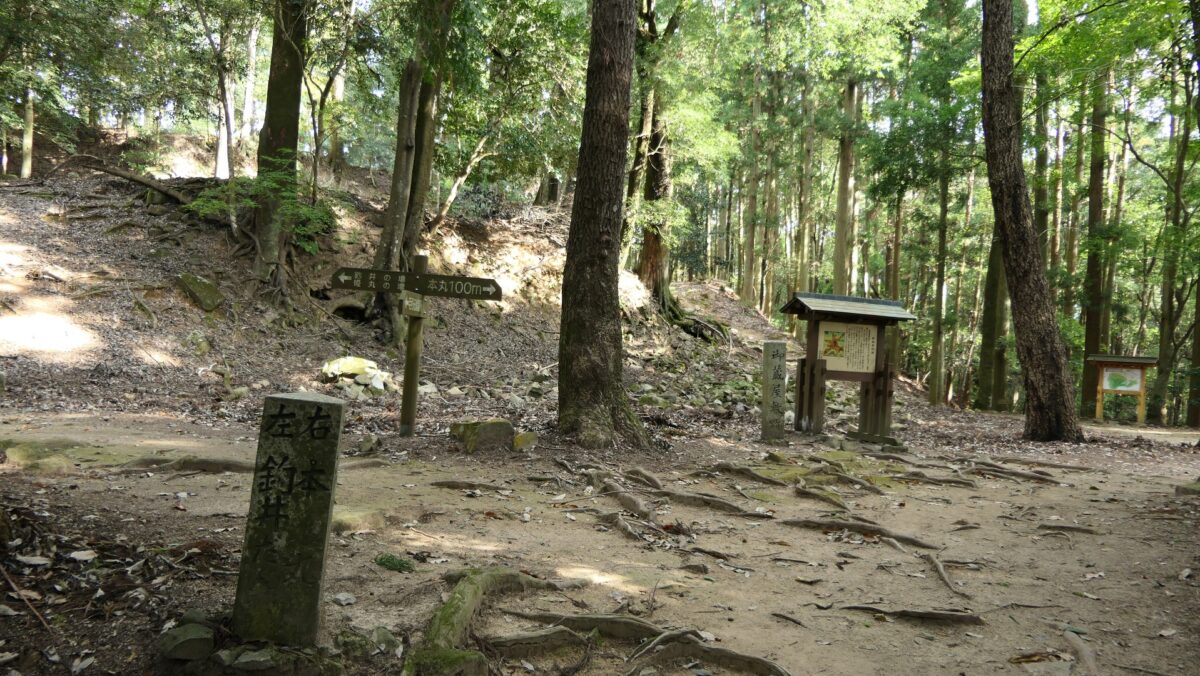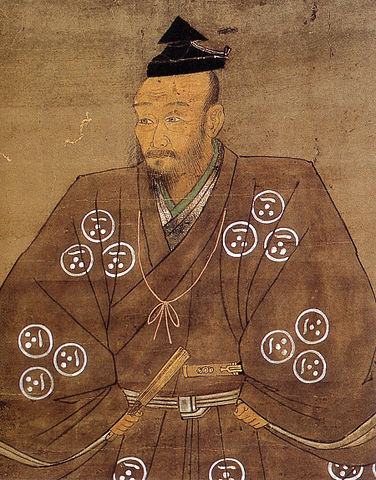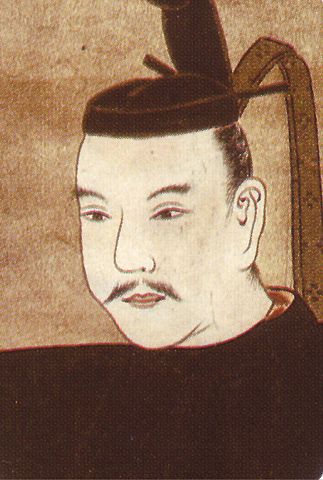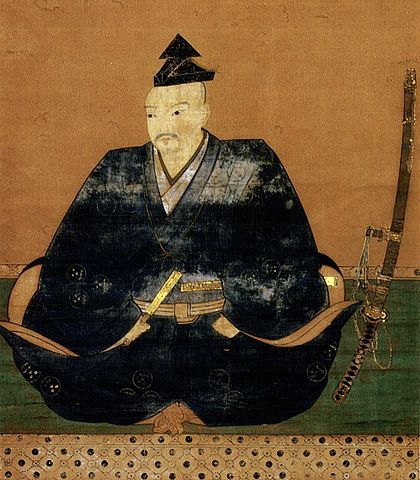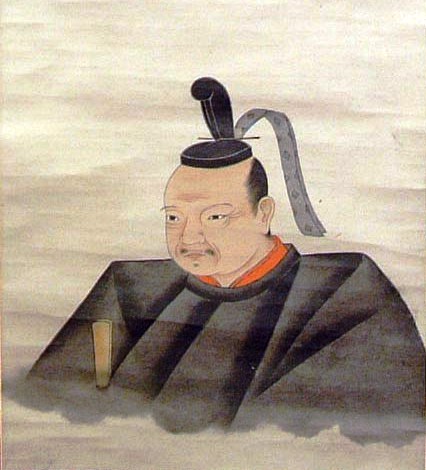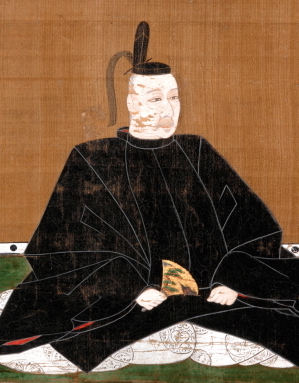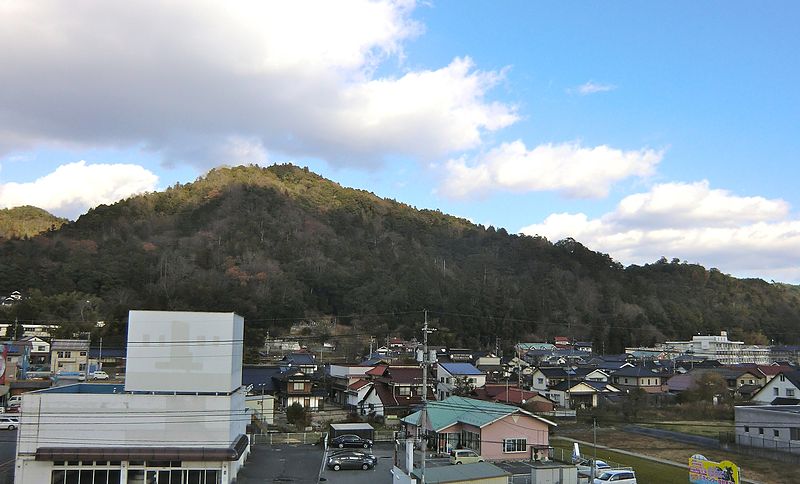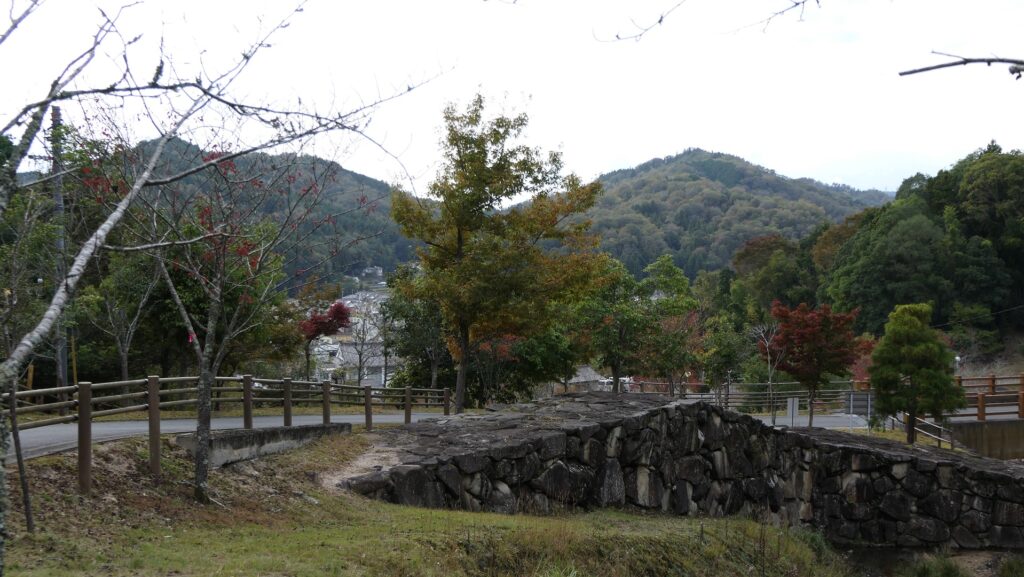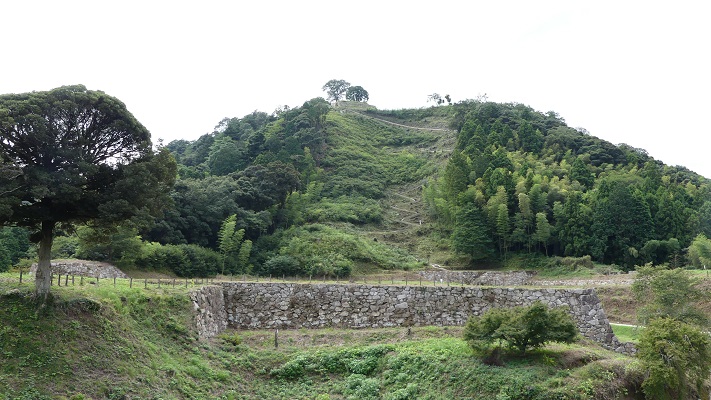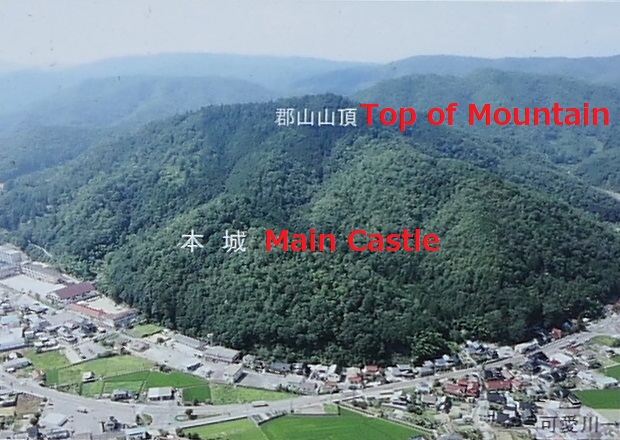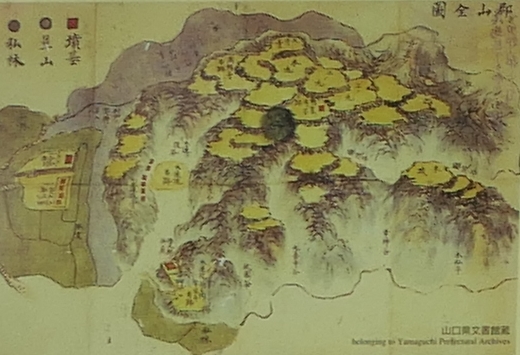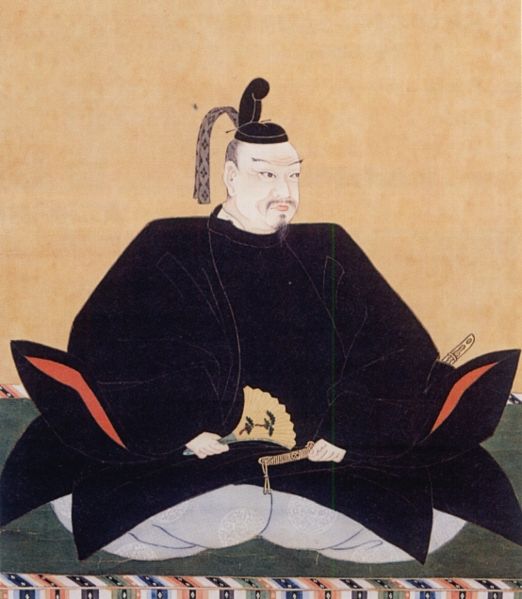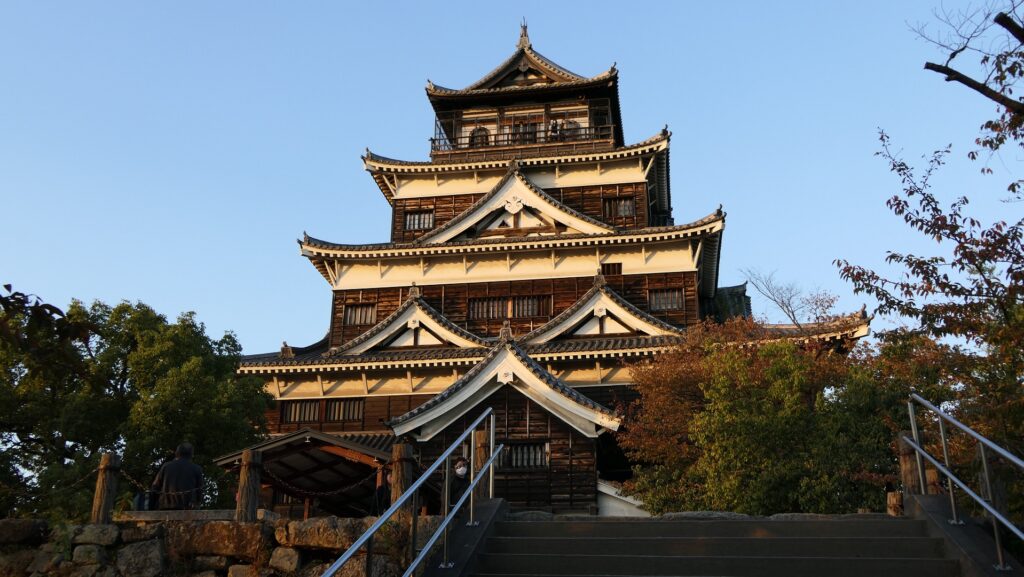Later History
After Yoshida-Koriyama Castle was abandoned, the Asano Clan managed to own its area during the Edo Period. This was because the Mori Clan’s territory had been reduced due to the their lost in the Battle of Sekigahara in 1600. The Asano Clan destroyed the stone walls of the castle after the Shimabara Rebellion in 1637. The Tokugawa Shogunate ordered the lords in western Japan to do it so that even abandoned castles would not be reused by other rebels.

By contrast, the grave of Motonari Mori, which was built at part of the castle by his grandchild, Terumoto Mori, has been maintained. The Asano Clan allowed the lord and warriors of the Choshu Domain by the Mori Clan to pay a visit to the grave. As a result, warriors of other domains also visited it as the holy spot for a great warlord. After the Meiji Restoration, the grave was developed further, gathering the graves of other ancestors of the Mori Clan probably because the Choshu Domain was one of the victorious clans of the restoration. The castle ruins have been designated as a National Historic Site since 1940.
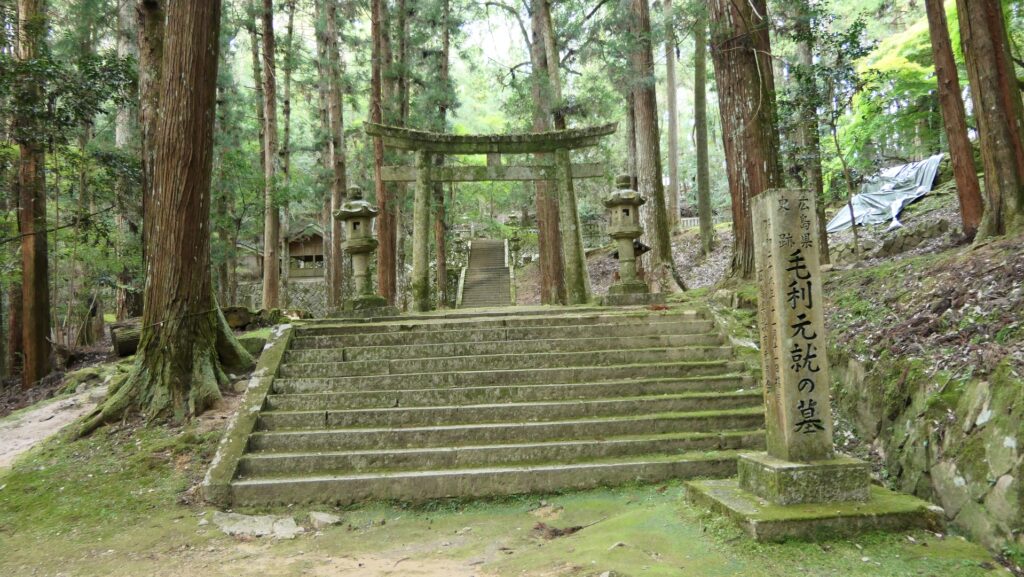
Features
Going to Entrance of Castle Ruins
Today, if you drive to the area around the ruins of Yoshida-Koriyama Castle, you will find some names of the local area like Katsura and Fukuhara. They are the origins of the Mori Clan’s senior vassals until the end of the Edo Period. History fans might be excited to just see them.
The map around Yoshida Town, Akitakada CityThere is the tour route which is recommended by officials. Its starting point is the shrine gateway of Motonari’s grave, beside the parking lot at the foot of the mountain. If you walk along the approach towards the grave for a while, you will reach it. This may be the most developed place in the castle ruins as the holy spot. There is also Toshunji Temple Ruins which was established by Terumoto there and eventually moved to Hiroshima, Hagi and Yamaguchi with the lords of the Mori Clan.
The map around the castle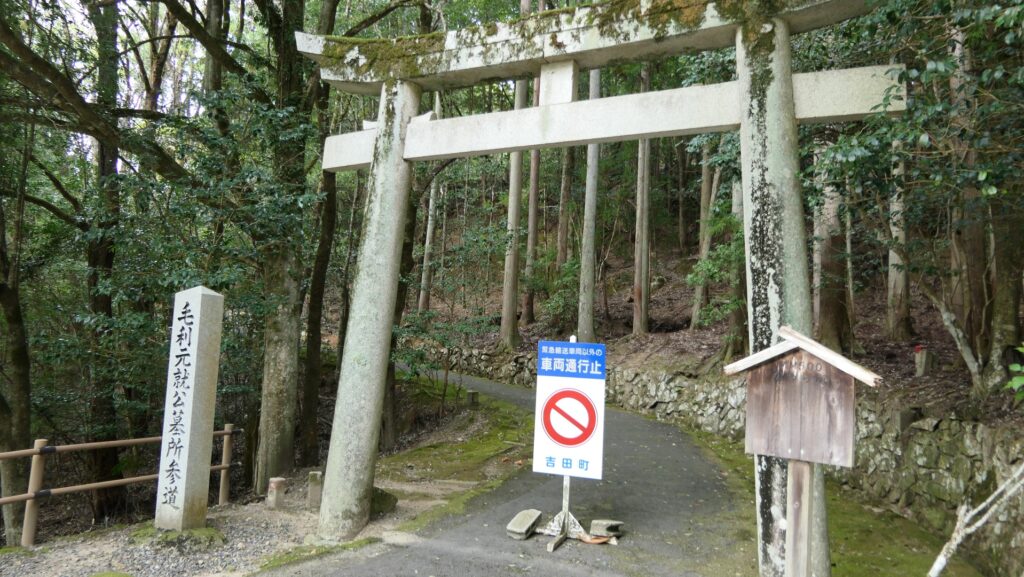
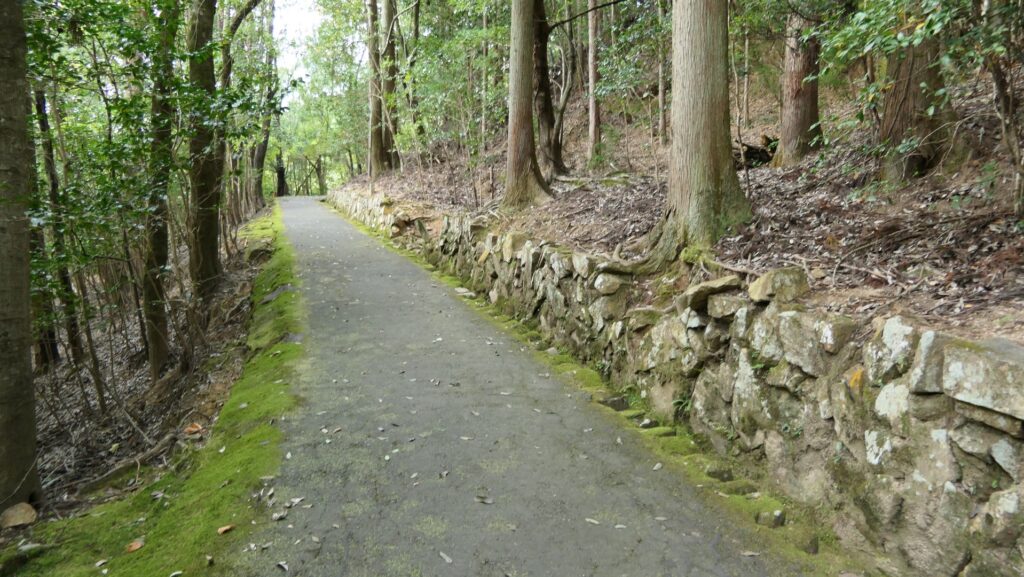
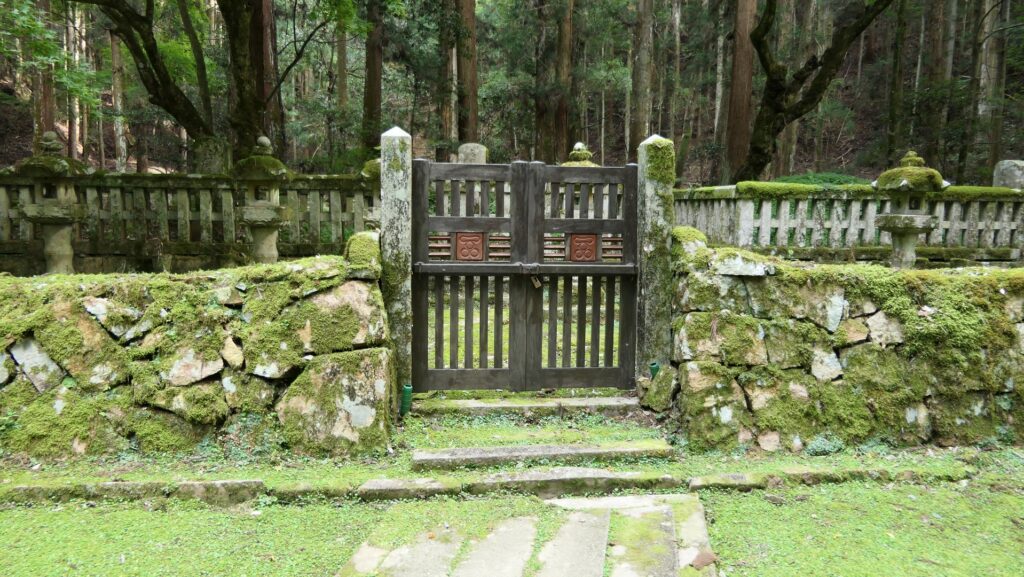

Trail on Ridge of Mountain
You can climb the trail to the top of the mountain from there, on one of its six ridges. It is basically a long trek which takes about 30 minutes to reach the top. You may find some ditches dividing the enclosures or wild animals like deer. Be careful not to provoke them.
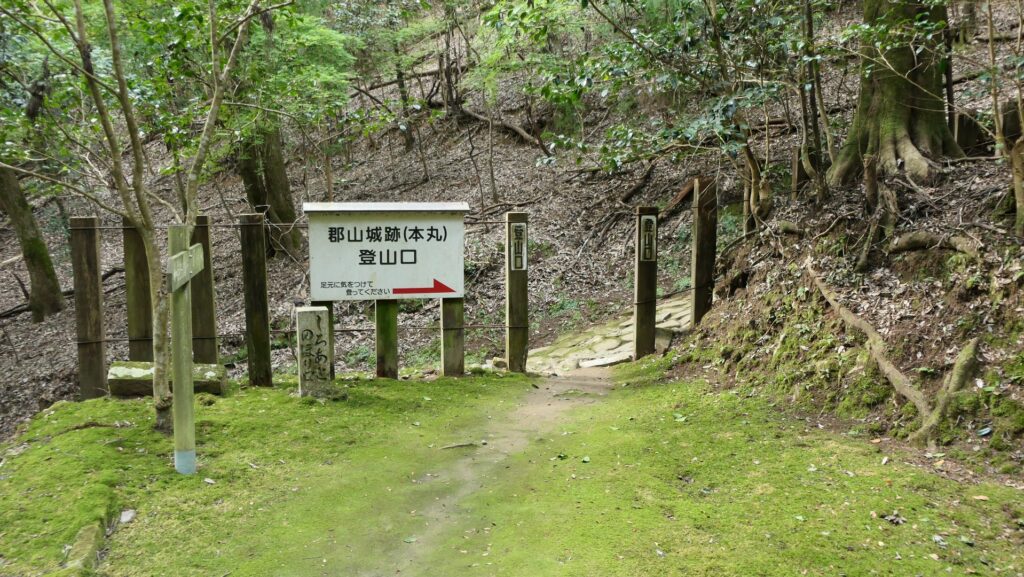
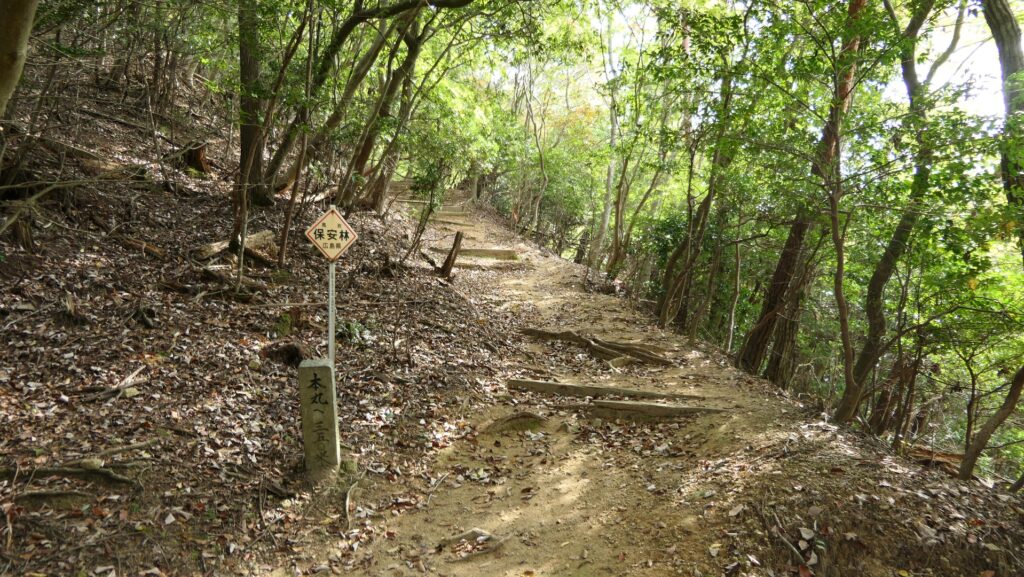


Enclosures on Top of Mountain
You will eventually arrive at the ruins of Okurayashiki or the Storehouses below the top. The top consists of three tiered enclosures of the Main, Second and Third. The six ridges spread from the top which also have so many enclosures.

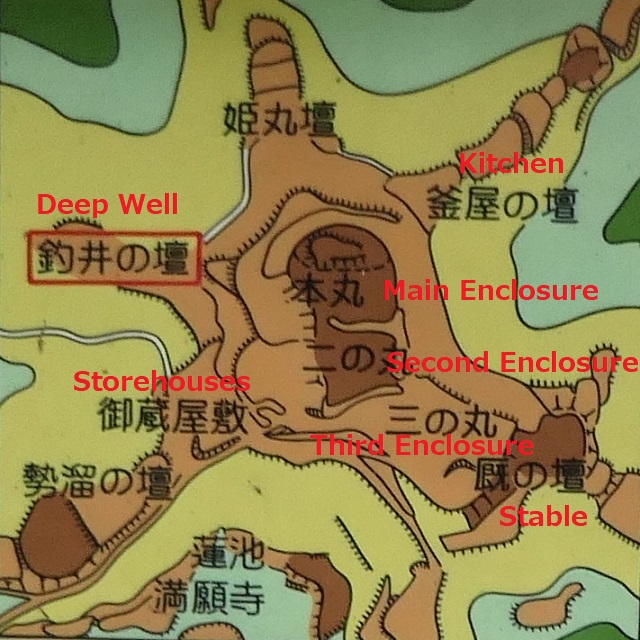
You will find countless stones collapsed which lie around the Storehouses Ruins. It is thought that this was caused by the Asano Clan following the shogunate’s instruction after the Shimabara Rebellion. These stones have been left there for nearly 400 years. However, if you walk around the wall of the Third Enclosure, you will notice some stone walls remaining as they were.

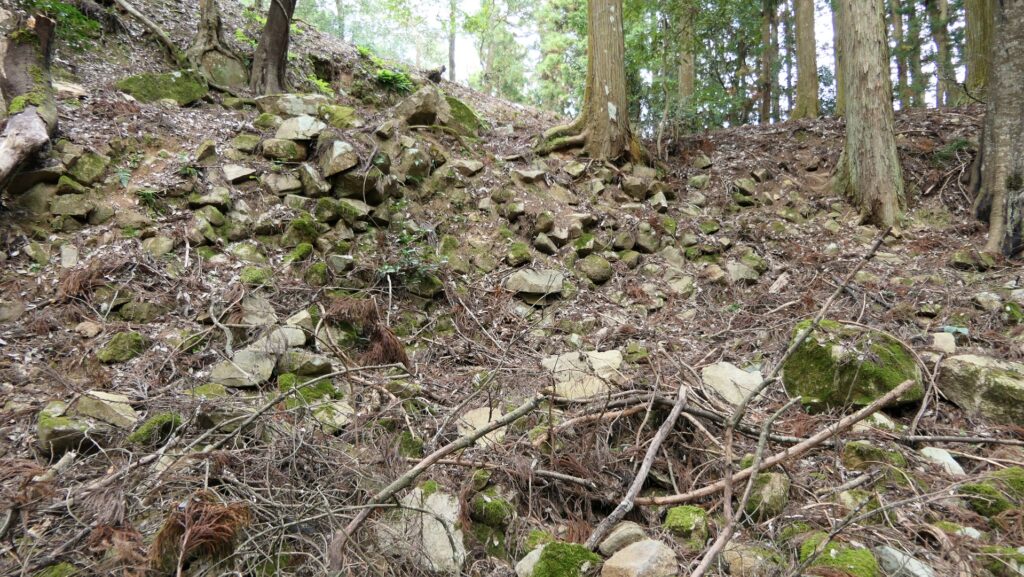
You can also walk around some enclosures on the six ridges such as Tsurii or the Deep Well, Umaya or the Stable, and Kamaya or the Kitchen. There will be a sign warning visitors not to enter that unstable area. Please make you don’t enter that area since it’s very unstable and could cause the land to collapse. Watch your steps as they are reclaiming to nature.

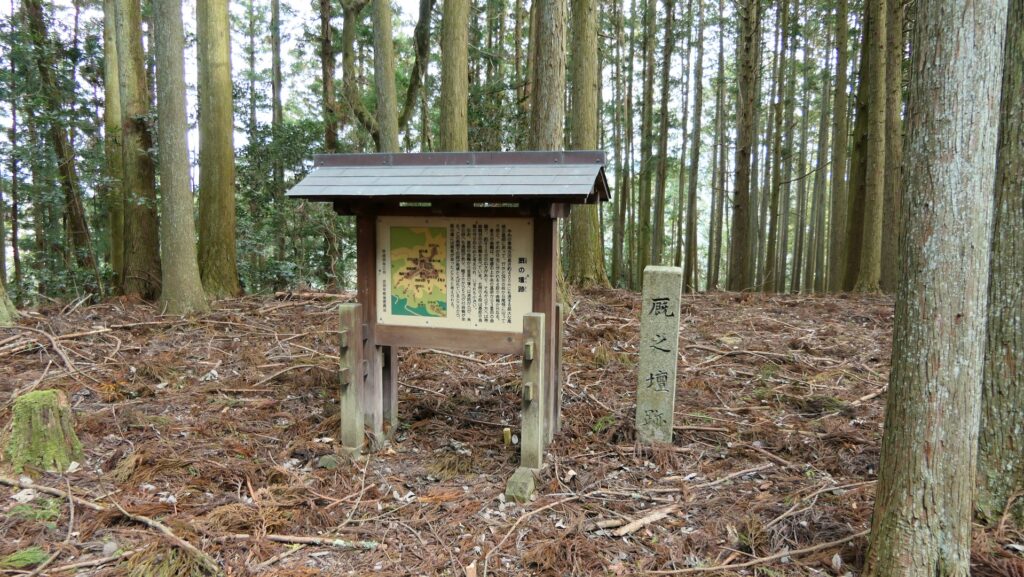
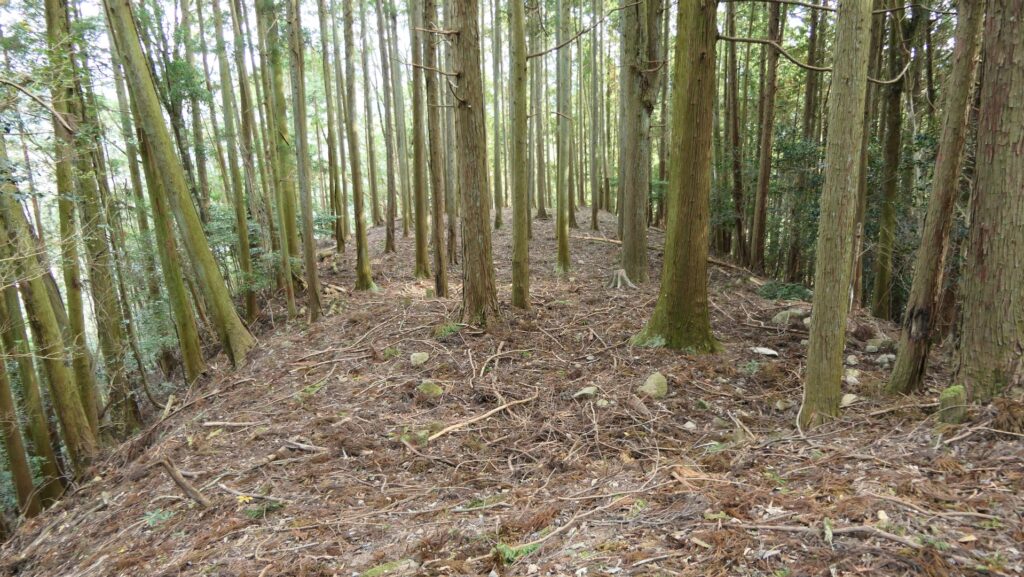


To be continued in “Yoshida-Koriyama Castle Part3”
Back to “Yoshida-Koriyama Castle Part1”

